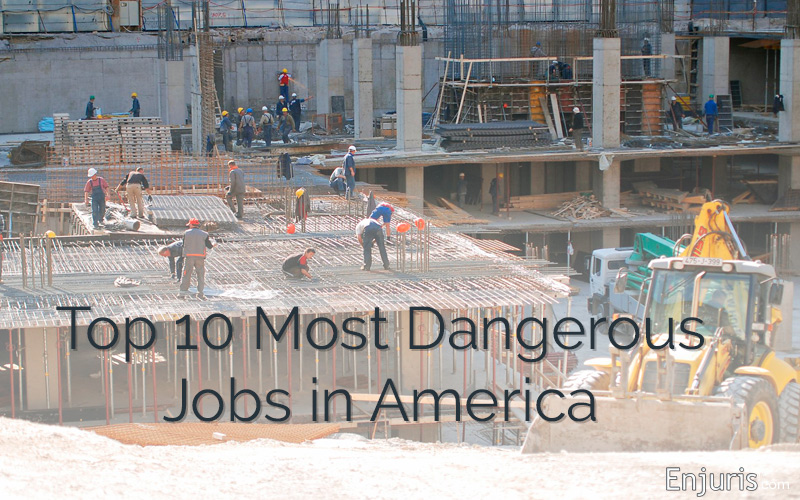
Some jobs are riskier than others. Is yours one of the most dangerous?
The level of risk a person is willing to assume in daily life is as individual as each hair on our heads. Some people choose dangerous jobs because they’re dangerous, and risk is interesting and exciting. Others get dangerous jobs out of necessity, and they try not to think about the level of risk involved in going to work each day.
There are lots of professions that have a variety of non-fatal injuries (think about data entry positions or call center operators that get carpal tunnel syndrome).
But those aren’t what we’re talking about, here.
The U.S. Department of Labor Bureau of Labor Statistics (BLS) tracks injuries and fatalities on the job. Below, we’ll look at the top 10 most dangerous jobs in America, including what makes them so dangerous and what to do if you become injured.
But first...
What makes a job dangerous?
There are several factors used to establish a list of deadliest professions. The BLS uses reports of injuries and fatalities as compared to the number of people in a particular job. This is important because of the “elephant trainer” example.
The BLS explains that there might be a high risk of fatality for elephant trainers, but since there are so few people who perform this job, if three elephant trainers die on the job out of nine total, it skews the percentage. It can also skew the percentage the other way, as compared to other professions. If zero elephant trainers die on the job in a year, that zero fatality rate suggests that it’s one of the safest professions when that’s not necessarily the case.
So, for the sake of being statistically sound, the BLS doesn’t include professions in the list that are performed by a small number of people. This list of the most dangerous professions in America is based on professions with a large number of workers in general employment categories.
Industry sectors of the most dangerous professions
| Industry | Number of fatal injuries | Fatal injury rate (per 100,000 full-time equivalent workers) |
|---|---|---|
| Construction | 971 | 9.5 |
| Transportation and warehousing | 882 | 15.1 |
| Agriculture, forestry, fishing and hunting | 581 | 23.0 |
| Professional and business services | 532 | 3.0 |
| Government | 473 | 2.0 |
| Manufacturing | 303 | 1.9 |
| Retail trade | 287 | 2.0 |
| Leisure and hospitality | 262 | 2.2 |
| Other services | 205 | 2.9 |
| Educational and health services | 189 | 0.8 |
| Wholesale trade | 174 | 4.8 |
| Mining, quarrying, and oil and gas extraction | 112 | 12.9 |
| Financial activities | 101 | 1.0 |
| Information | 43 | 1.6 |
| Utilities | 28 | 2.6 |
| Source: Bureau of Labor Statistics, Number and rate of fatal work injuries by industry sector, 2017 | ||
Those are the broadest categories of fatalities within particular industries, but there’s a more specific list of the most dangerous professions:
| Profession | What they do |
|---|---|
1. Fishers and fishing-related workers |
A commercial fisherman braves dangerous ocean conditions to gather seafood in large quantities. It’s definitely not the same as casting a line off the banks of a lake or while sitting in a rowboat. This type of fishing worker regularly endures rough weather and harsh waters to bring fish to land. |
2. Logging workers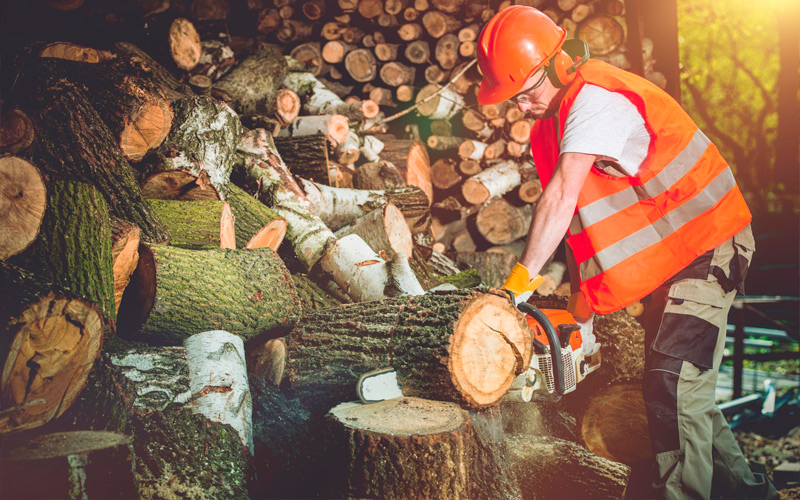 |
A logger will handle heavy machinery while climbing 100 feet or more in a tree in a remote area of a forest in order to gather lumber and other material. |
3. Aircraft pilots and flight engineers |
In addition to the “normal” risks in flight, pilots must handle dangerous weather conditions, mechanical issues, and traffic conditions in the air and during takeoff and landing. |
4. Refuse and recyclable material collectors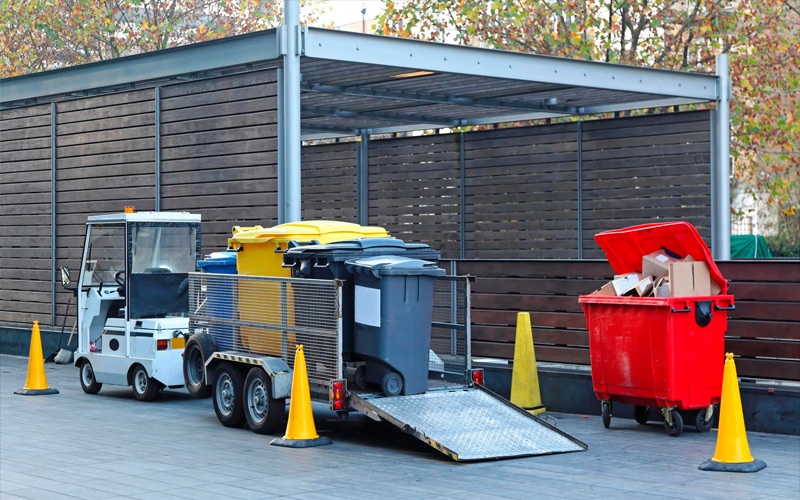 |
These people handle hazardous material while using heavy machines and equipment. Their hazards include falls from trucks and collisions with other vehicles. |
5. Roofers |
The most dangerous part of roofing is the risk of falling off a roof. Surfaces are often uneven, and weather conditions can cause them to be slippery. In addition, hot sun exposure and fatigue can increase the risk of falling. |
6. Structural iron and steel workers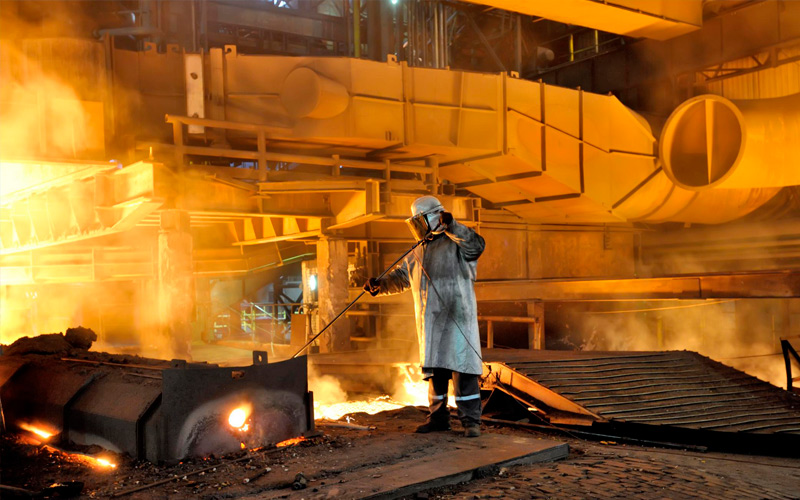 |
This is physically demanding and dangerous work, as ironworkers often must work high on scaffolding or other structures with unsecure footing as they reinforce steel and iron to support buildings, bridges, and roads. |
7. Farmers, ranchers, and other agricultural managers |
Farming involves heavy equipment like tractors and combines with sharp blades, often operating on uneven ground. The leading cause of death for farm workers is overturned tractor accidents. |
8. Drivers/sales workers and truck drivers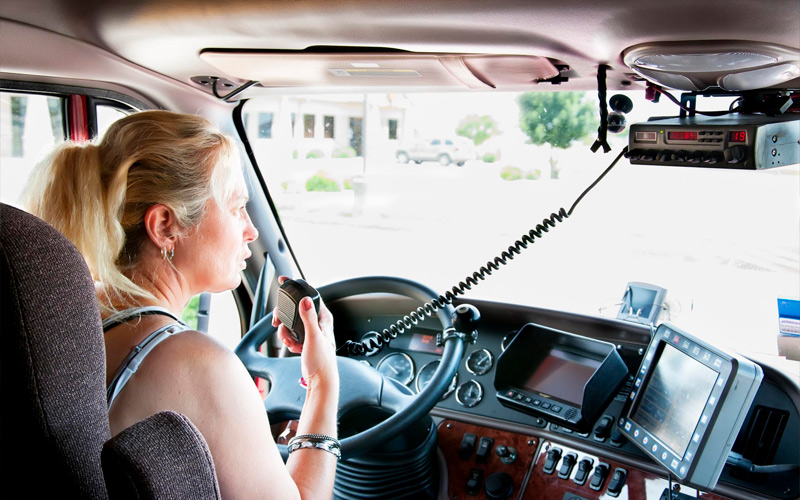 |
Driving is inherently dangerous, even though most of us do it daily. Still, spending more time behind the wheel means more risk of being involved in a crash. Fatigue is also a problem for people who spend many hours on the road. |
9. Electrical power line installers and repairers |
Electrocution and falls from high places are the two most common causes of death in these professions. |
10. Taxi drivers and chauffeurs |
Like any kind of driver, these people are at risk from spending so many hours on the road. |
Tweet this
Important facts about the deadliest professions
The deadliest professions are outdoors and usually require heavy operating equipment. By contrast, the safest professions are working with computers, in hospitals, in business and finance, and teaching. A reported 4,761 men died on the job in 2017, compared to 386 women. That equals 5.7 per 100,000 men, as opposed to 0.6 per 100,000 women—nearly 10 times as many.
It’s also important to note that “aircraft pilots” appears third on the list, but air travel is still a very safe mode of transportation. There were 59 pilot deaths in 2017, but that number refers to operators of small aircraft like helicopters and propeller plans.
If a loved one dies on the job
It’s a sensitive issue that no one wants to deal with. But if you’ve lost a family member to a workplace accident, you should know how to claim workers’ compensation benefits.
Each state has different laws with respect to death benefits. In most circumstances, a person who’s financially dependent on the deceased worker (a spouse, child, or sometimes another dependent family member) can recover death benefits either as weekly payments or in a lump sum. Workers’ compensation usually covers burial expenses up to a maximum amount.
If you’ve lost a loved one to a workplace accident, contact a workers’ compensation attorney as soon as possible to claim your benefits.
What to do if you’re injured on the job
The dangerous professions are on the list because of high fatality numbers. Fortunately, fatality is extreme and generally rare. But workplace injuries happen all the time. If you’re injured in the workplace, workers’ compensation is your safety net. State-mandated insurance should provide the benefits you need for treatment and lost wages.
If injured, your first priority is seeking treatment necessary for recovery. Second, it’s important to file your claim within your state’s statute of limitations. Some states also require notice to your employer within a certain time period, so be sure to know your rights and obligations. Use our free attorney directory to locate a workers’ comp lawyer near you.
- Workers' Compensation
- 10 Telltale Signs of a Bad Workers’ Compensation Attorney
- Carpal Tunnel: A Leading Cause of Occupational Injury
- Common Injuries that Affect Nurses and Other Health Care Professionals
- Common Reasons Workers’ Compensation Claims Are Denied
- Directory of State Workers' Compensation Agencies
- FedEx Employee Injuries & Workers’ Compensation Claims
- Guide to Severance Pay, Unemployment, and Workers’ Comp Claims
- Guide to Social Security Disability Benefits
- H2S Exposure Illnesses & Workers’ Compensation
- Health Care Workers Are Suffering From Mental Health Issues
- Hearing and Vision Loss in the Workplace
- How Much Does A Workers’ Compensation Lawyer Cost?
- How to Prepare for a Workers’ Comp Doctor Evaluation
- How to Prevent Cold Work Injuries
- How To Prove Workplace Defamation & Sue for Damages
- How to Report a Workplace Injury
- Lump Sum vs. Lifetime Benefits For Your Workers’ Comp Settlement
- Manhole Injury Lawsuits and Workers’ Compensation
- Repetitive Strain Injuries in the Workplace
- Seeking Financial Compensation for a Firefighter or EMT Injury
- The Most Common Types of Occupational Diseases
- The Most Dangerous Professions in America
- Third-Party Workplace Injury Claims vs. Workers’ Compensation
- Tips for Finding a Skilled Workers' Compensation Lawyer Near You
- Tips to Help Prevent Heat Related Injuries
- What If My Employer Doesn’t Have Workers’ Compensation Insurance?
- What is Hazard Pay, and Who Are Essential Frontline Workers?
- White Finger Syndrome and Workers’ Compensation
- Workers’ Comp for Flight Attendants & Other Airline Employees
- Workers’ Compensation After a Poultry Plant Injury
- Workers’ Compensation For Cell Tower Technicians
